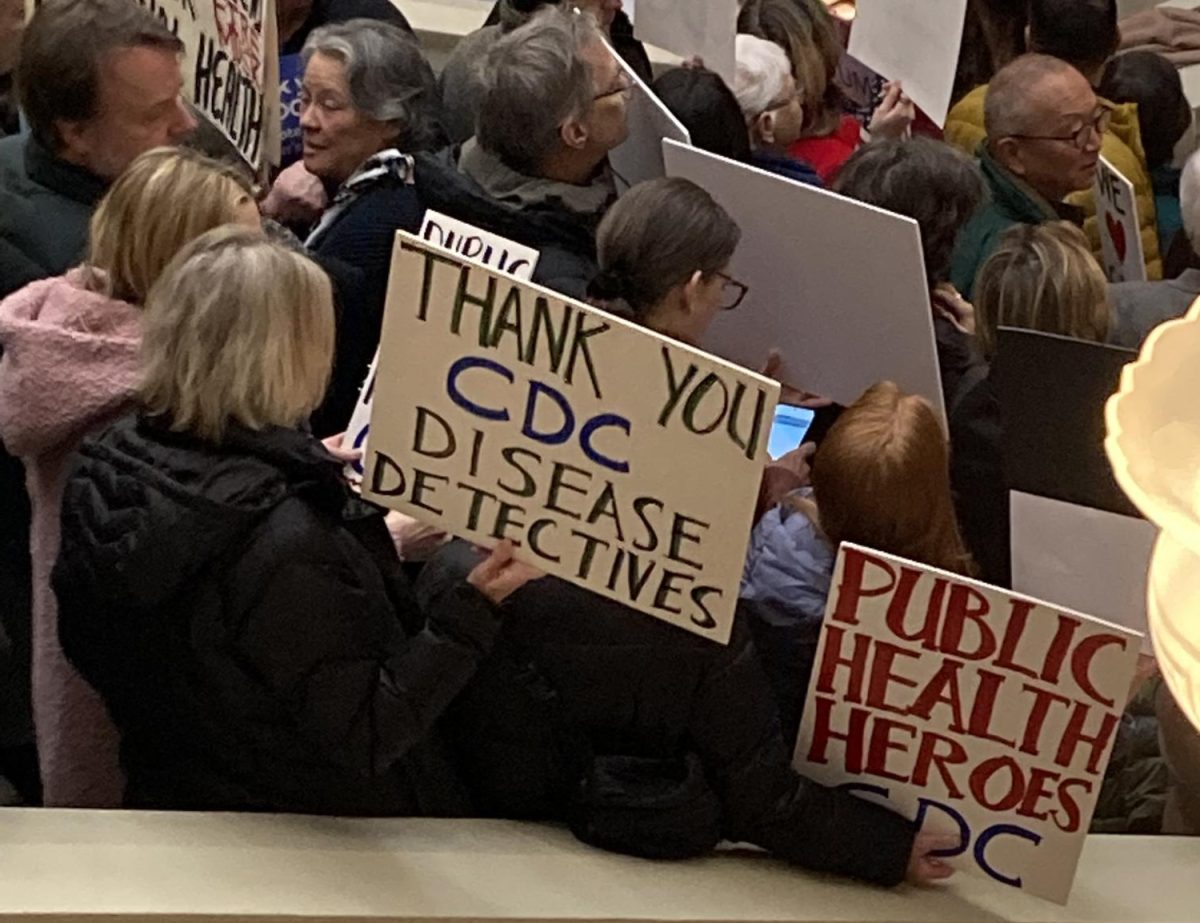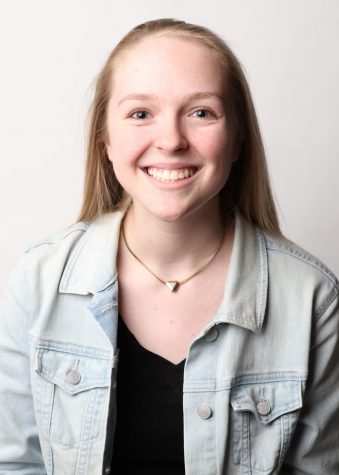After Judge Brett Kavanaugh’s appointment to the Supreme Court, many have speculated that his position may impact controversial issues in the United States, one of which includes affirmative action. This topic may be familiar to many students at Chamblee Charter High School who are currently applying to college or looking ahead to their future.
“Affirmative action was a concept that began during LBJ’s [Lyndon B. Johnson’s] presidency in the late 60s and what it was meant to do was, I think, give opportunities to minority groups that had, in the past, not been given opportunities,” said teacher Jennifer Tinnell. “So, in my words, it was a way to retrospectively try to right some wrongs.”
These opportunities include access to places of higher education, employment, and government programs.
“I think, when it was started, that I understand the intent behind it and I think the idea of it in the 60s was ‘At least let’s try to do something’ since LBJ was trying to hopefully follow suit with what President Kennedy wanted in signing civil rights legislation into law and passing amendments that abolished poll taxes,” said Tinnell. “So it went along with a lot of other civil rights proposals that LBJ was attempting at that time.”
Senior Sonia Karsan sees affirmative action in a more modern light.
“Affirmative action is a tactic used by the admissions board of several colleges to sort of increase the diversity in a school system and provide opportunities,” said Karsan.
Karsan has been aware of the policy for quite a while, although it has become especially relevant for her now.
“I think in middle school I started hearing a lot about it because it was getting closer to the college process,” said Karsan. “I mean, I hadn’t really started looking at specific schools or anything, but you know, I would just hear family members talk about this, and it was something that concerned me for a while.”
Affirmative action’s role in society has changed greatly since the 1960s. Freshman Andrew Pietkiewicz sees it as a reflection of changes in the education system.
“Right now, it’s really an important issue, maybe more than it was in the past …. colleges weren’t as competitive in the past, for sure,” said Pietkiewicz
Pietkiewicz had used his past experiences at Chamblee to help him better understand the topic.
“I think it’s … important to have diversity in a school, because Chamblee is really diverse and you don’t want just a school with a bunch of one group of people,” said Pietkiewicz.
Proponents of affirmative action see it as a necessary tool for leveling the playing field and allowing underprivileged citizens to have access to parts of society they historically hadn’t had access to. On the other hand, those against affirmative action argue that the practice is unfair to other applicants who do not fall under these minorities.
When examining affirmative action’s role in society, Tinnell acknowledges possible biases in her own viewpoint.
“I have never felt that pain or faced obstacles in anything that I’ve tried to do,” said Tinnell. “In some ways, again, women have obviously faced and had some issues: opportunities, equal pay, schooling, expectations, … [but] I can’t personally attest to feeling any discrimination in that way.”
In terms of education equality, Tinnell sees room for improvement.
“School and education is not the same everywhere that you live, so some of these obstacles and boundaries are still very real to people, so I think that in some ways things haven’t changed, but in other ways, of course, we would like to say, that all opportunities are open for everybody, but that is just not true,” said Tinnell.
Deciding how to improve educational equality has become politically polarized and resulted in several Supreme Court cases. Especially topical is a suit by the Students for Fair Admissions, who is suing Harvard University for the alleged use of racial quotas on Asian-American applicants.
“There was a case recently from a bunch of Asian-Americans and that was applying to Harvard, and they sort of found out that Asians consistently were ranked lower on personality, and that was one way that the Harvard admissions team was able to show that they wanted to decrease the amount of Asians considered for admission,” said Karsan.
Karsan believes that when suing against affirmative action policies, it can be difficult to have an exact and definitive argument.
“A lot of colleges say now that they’re looking at the whole person, and they’re doing a holistic review of everybody, so it’s hard to pinpoint things,” said Karsan.
In terms of the future of affirmative action, Tinnell has a grim view on the prospects of a finding a solution all will be happy with.
“Everybody’s not going to be happy,” said Tinnell. “Too many people want to claim, ‘That’s not fair, I didn’t have the same chances, I have to do this and so and so doesn’t have to do that.’”
No matter what the policy is, Tinnell believes it must be uniform across the country.
“If you’re going to have affirmative action, anywhere, then you have to have it everywhere,” said Tinnell. “You can’t just pick and choose when you’re going to use it. That is not fair. So either it’s standard everywhere, or it’s not the standard everywhere.”
However, for many Chamblee students, they are facing college applications now and must deal with the current policy. Although racial quotas are unconstitutional, schools may use limited affirmative action, especially seen in elite schools.
“It’s definitely created a lot of fear for me and a lot of other Asian-Americans applying to college,” said Karsan. “I remember one time in middle school, my friend and I were coming up with ways we could sort of not indicate our race.”
Now though, she has a different opinion.
“Ultimately, I did decide to indicate my race,” said Karsan. “It’s a part of my main essay for the Common App and everything, so I thought ‘You know what, based on some of the activities I’m doing, they’re going to figure out what my race is anyways.’”
She looks back on her middle schools days with a twinge of sadness.
“I feel kind of disappointed that for a long time it was something I was not considering putting down,” said Karsan. “I shouldn’t have to be in that situation, where I’m thinking ‘Well if this will help my admissions chances I should not put my race.’”
Fellow senior LeeSan Sun tends to choose the opposite approach.
“My name gives it away, but I don’t fill out the ethnicity section if it’s optional,” said Sun.
Both Karsan and Sun have suggestions on how to improve the situation.
“I think we kind of need to talk about what its effects are on Asian-Americans on a bigger platform, like in the media,” said Karsan.
Pietkiewicz believes there might be unexplored options for ensuring diversity, even if it is not necessarily affirmative action.
“I still definitely think there should be something put in place … like a bunch of special programs [and] ways for colleges to be diverse,” said Pietkiewicz.
Sun sees the potential within the high school education system for enhancing opportunities.
“[We should] provide more resources for education pre-college. Learning doesn’t start when you’re 18,” said Sun.
No matter what though, Tinnell remains positive.
“I am in an awesome school with awesome students and families that want to learn and better themselves and take advantage of a lot of opportunities, but we’re also at a school where it’s not equal for everybody,” said Tinnell. “I mean, whether it’s right or wrong, it’s the facts. But every person can make a difference.”







